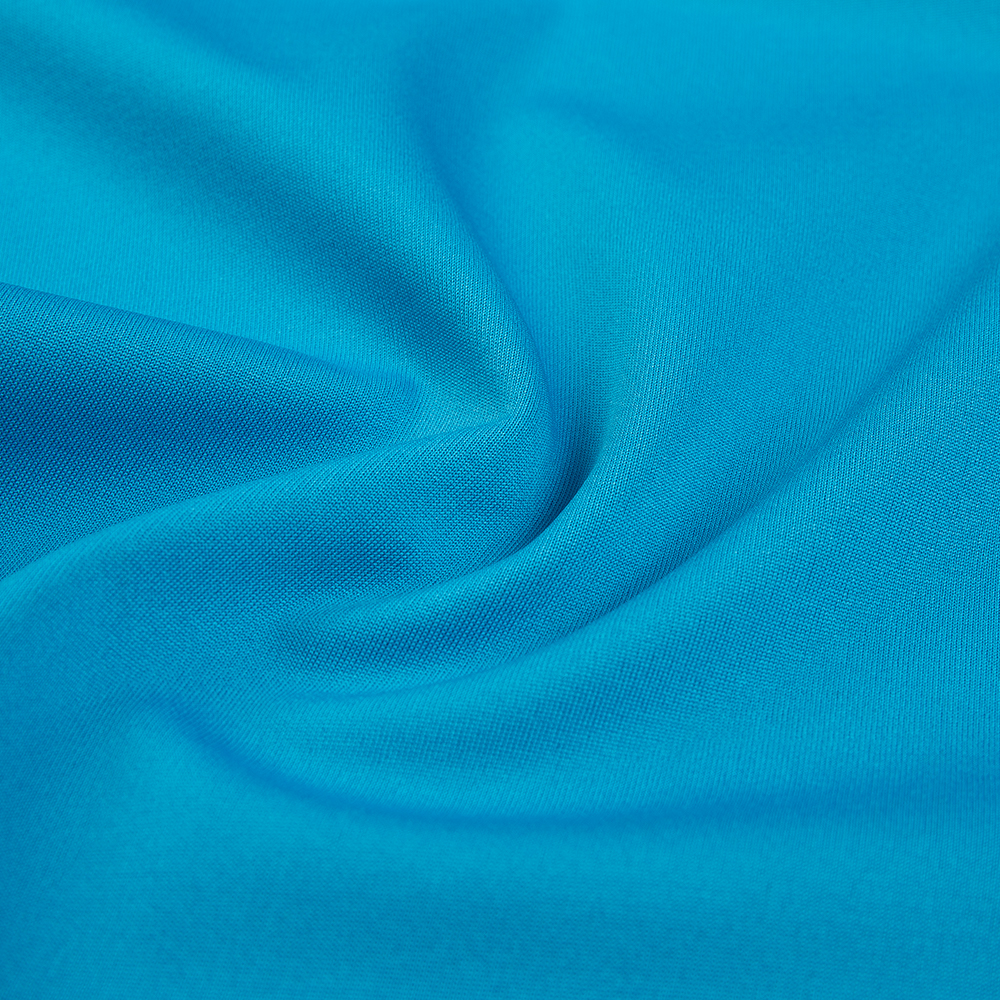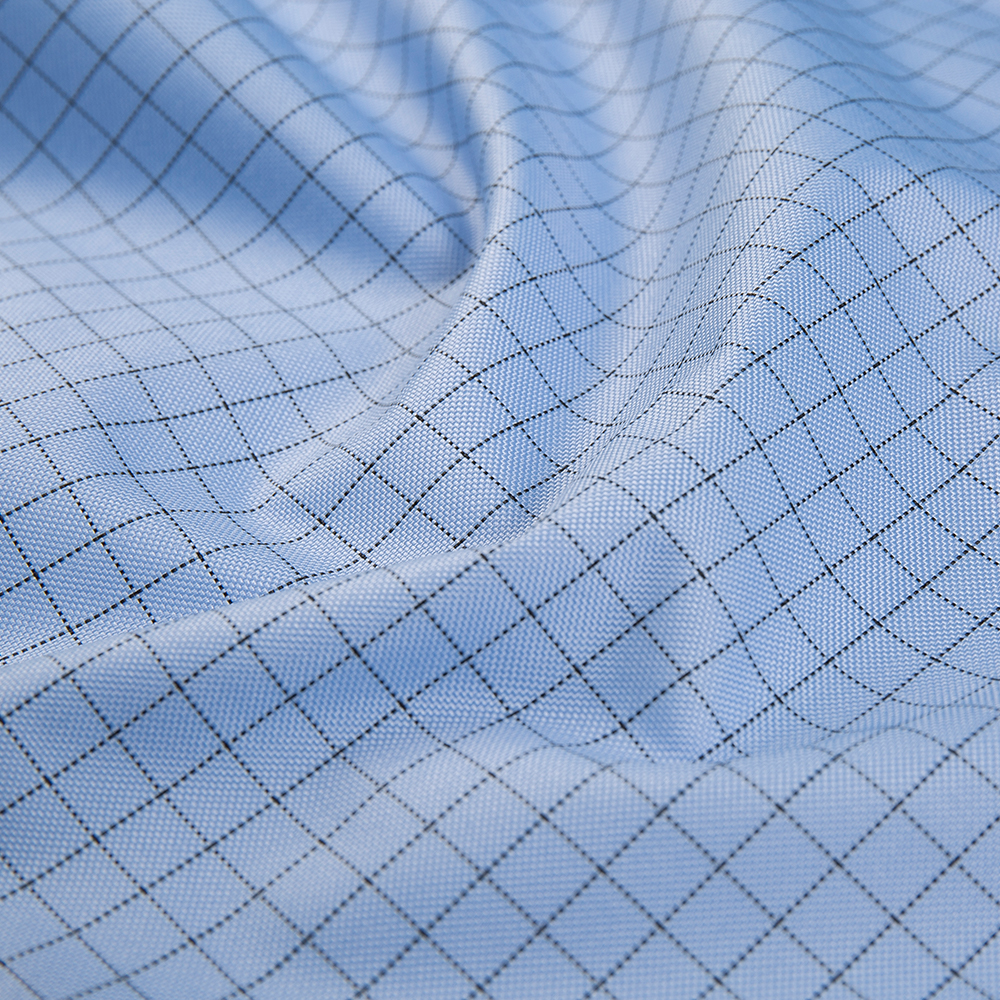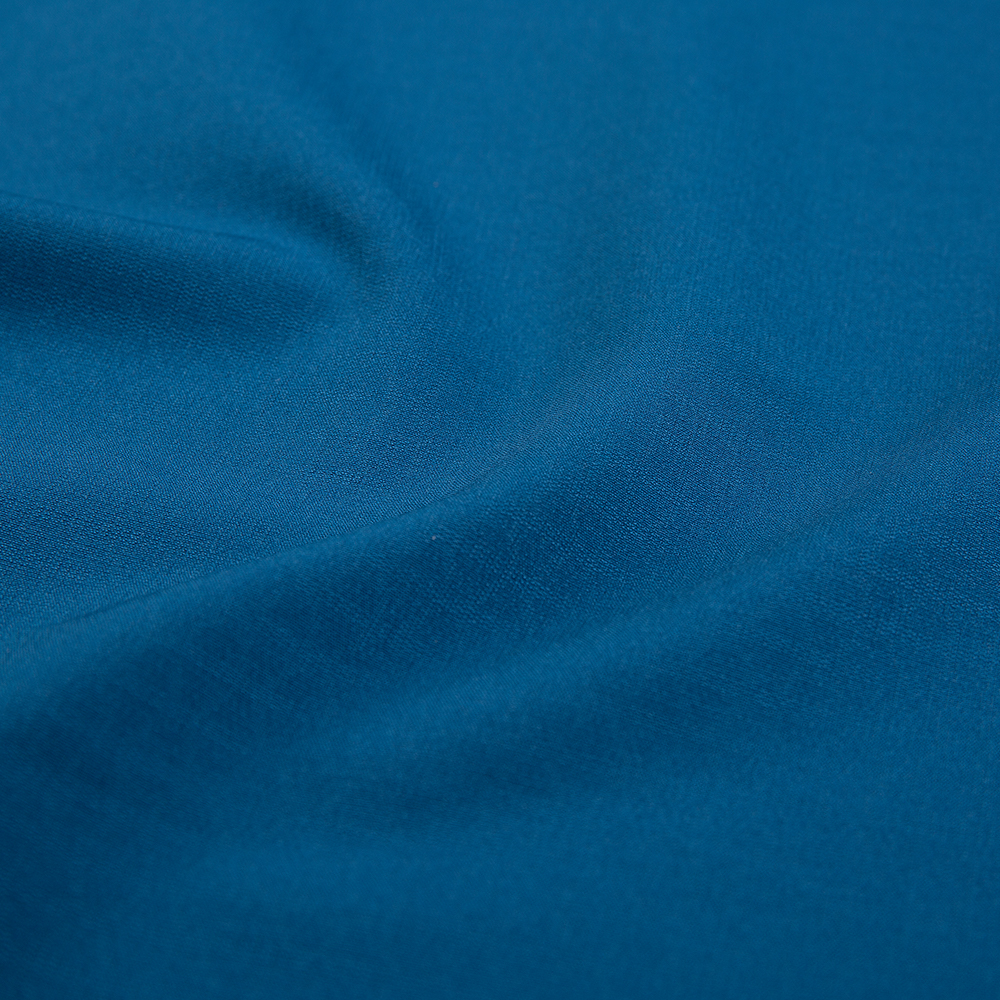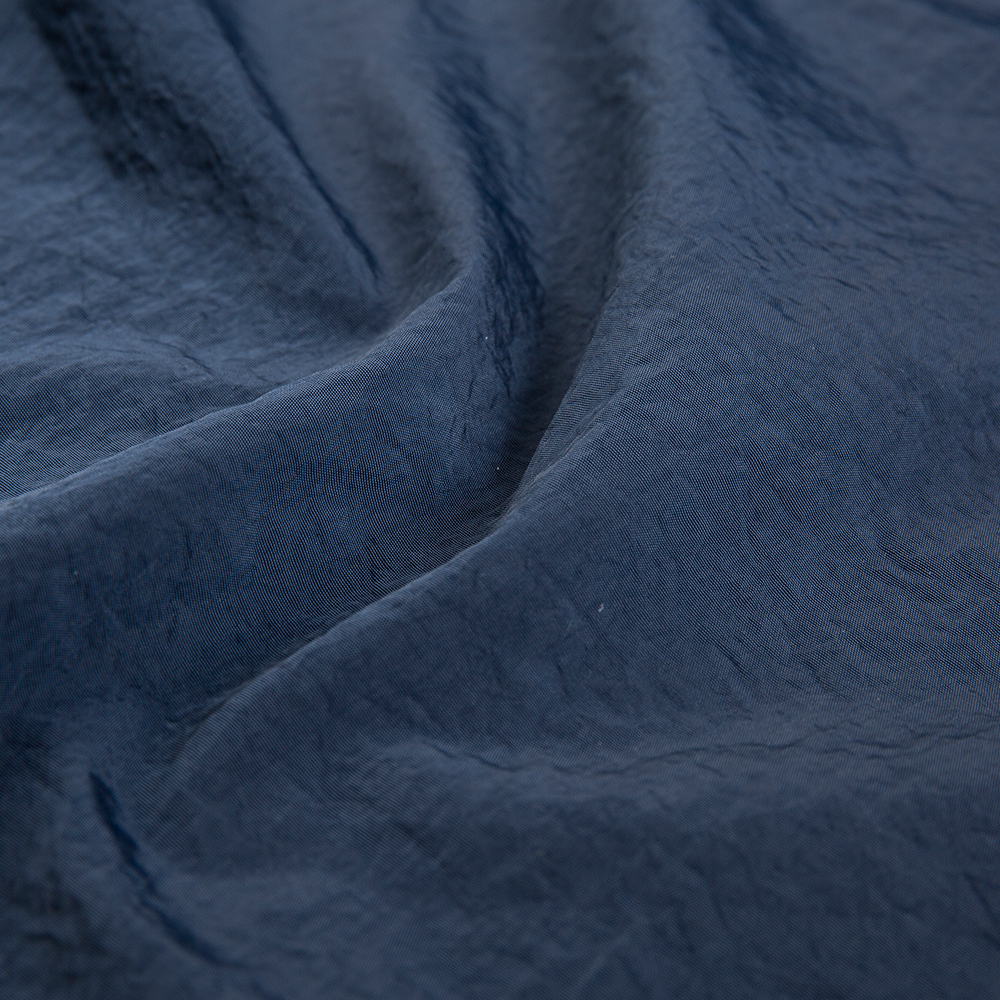The design of softshell clothing is tailored to meet the specific needs of various activities, taking into account factors such as weather conditions, movement requirements, and user comfort. Here’s how the design differs between activities, with a focus on the use of softshell fabric:
Hiking
Design Focus: Durability, breathability, and moderate weather protection.
Key Features: Hiking softshell clothing often includes reinforced areas like shoulders and elbows to withstand abrasion from backpacks and natural elements. The design emphasizes breathability to manage perspiration during long treks. Softshell fabric is used for its balance of weather resistance and breathability, providing protection against light rain and wind without compromising ventilation.
Climbing
Design Focus: Flexibility, abrasion resistance, and lightweight.
Key Features: Climbing softshell clothing typically features articulated sleeves and gusseted underarms to allow a full range of motion. The fabric is lightweight yet durable to handle the rigors of rock surfaces. Softshell fabric is chosen for its stretch and robustness, enabling climbers to maneuver comfortably while resisting tears and abrasions from sharp rock faces.
Skiing and Snowboarding
Design Focus: Weather protection, warmth, and moisture management.
Key Features: Skiing and snowboarding garments are designed to provide insulation and protect against snow and wind. They often include snow skirts, zippered vents, and adjustable cuffs to prevent snow entry and regulate temperature. Softshell fabric is utilized for its windproof and water-resistant properties, combined with a brushed inner lining for added warmth and comfort.
Cycling
Design Focus: Aerodynamics, weather resistance, and breathability.
Key Features: Cycling softshell jackets are cut with a streamlined fit to reduce drag. They include features like extended back panels and adjustable hems to protect against splashes and wind. Softshell fabric is used for its ability to block wind and repel light rain while maintaining breathability to prevent overheating during high-intensity rides.

Running
Design Focus: Lightweight, breathability, and moisture-wicking.
Key Features: Running softshell jackets are designed to be lightweight and highly breathable to manage body heat and moisture. They often include ventilation panels and are cut for maximum movement. Softshell fabric is selected for its flexibility and breathability, ensuring runners remain comfortable and dry, even during intensive exercise.
Mountaineering
Design Focus: Extreme weather protection, durability, and functionality.
Key Features: Mountaineering softshell clothing is designed for harsh conditions with features like high collars, adjustable hoods, and reinforced high-wear areas. Softshell fabric provides a crucial balance of weather resistance, breathability, and durability, essential for enduring the challenges of alpine environments while keeping climbers comfortable and protected.
Daily Wear
Design Focus: Comfort, versatility, and moderate weather protection.
Key Features: For everyday use, softshell jackets are designed to be comfortable and versatile, with a focus on style and functionality. They may feature casual cuts and lighter weights, suitable for a range of weather conditions. Softshell fabric is preferred for its combination of comfort, moderate weather protection, and ease of care, making it ideal for daily activities and casual outings.
Softshell clothing is specifically engineered to cater to the unique demands of each activity. The choice of softshell fabric is pivotal in achieving the right balance of weather resistance, flexibility, and comfort, ensuring that each garment is fit for purpose, whether for the dynamic movements of climbing, the intense activity of running, or the varying conditions encountered in skiing and mountaineering.











